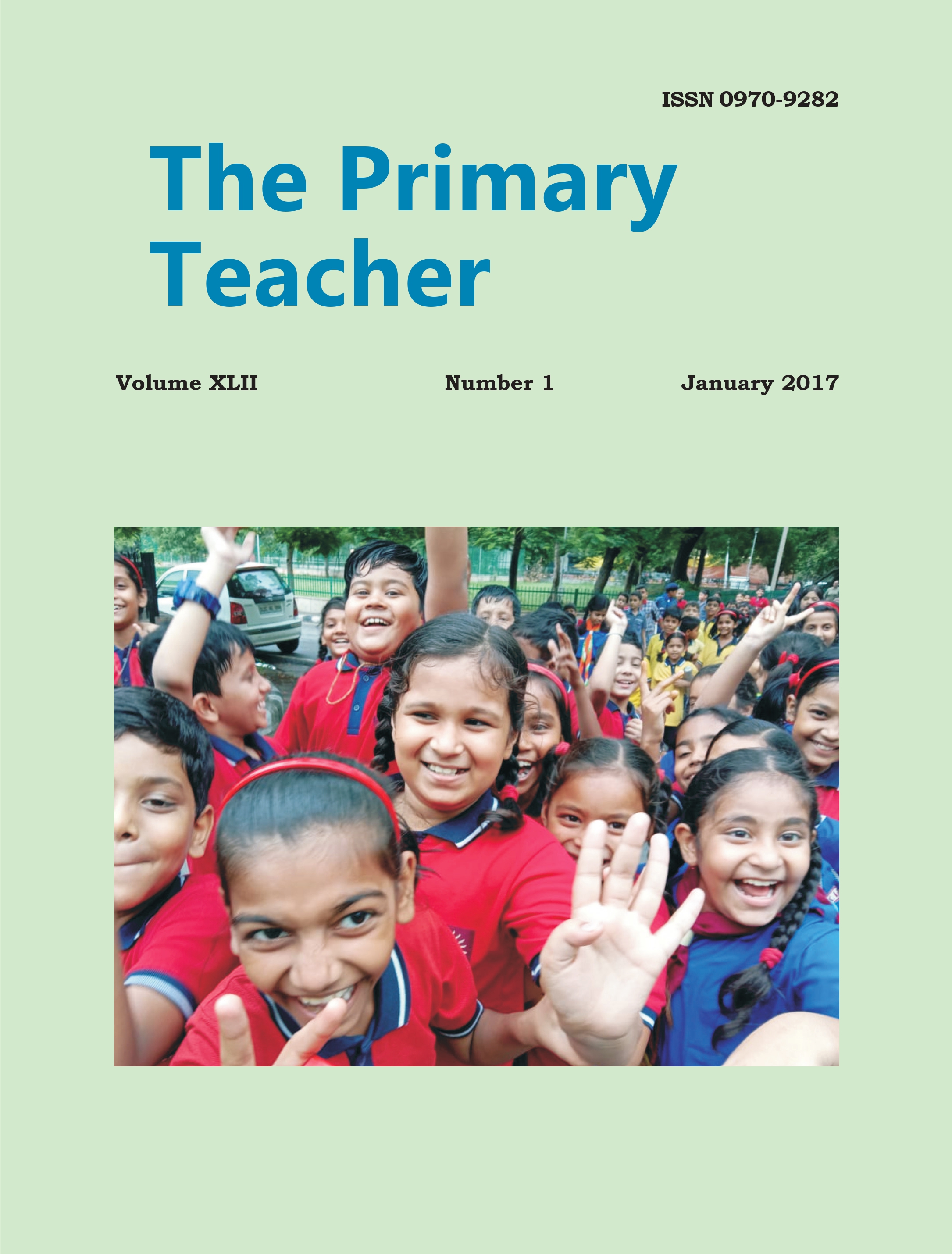
Published 2024-12-05
Keywords
- Indian education system,
- narration sickness,
- classroom environment
How to Cite
Abstract
Body is the most evident form of differentiating among people. Knowing the human body helps accept people who are different physically. It is vital to see how the physical aspects of a human body are depicted in textbooks. This paper tries to study how inclusive NCERT textbooks are in terms of including the full image of people with special needs. NCERT textbooks on Environmental Science (Classes III–V) and science (Classes VI–X) were analysed with reference to the aims reflected in the Position Paper for Children With Special Needs (CWSN). It was found that NCERT textbooks from Classes III–X are all–inclusive in nature and cover the criterion for CWSN as mentioned in the National Curriculum Framework (NCF)–2005. However, the body is described from a general perspective and differently abled body types, although included, are comparatively neglected as far as images used in the books are concerned. Thus, even though the school space has been made inclusive by welcoming CWSN into the classroom, the study material may make some children feel inferior. The paper observes that a slight rephrasing in language and inclusive examples may make it more relatable and address a wide range of audiences.
